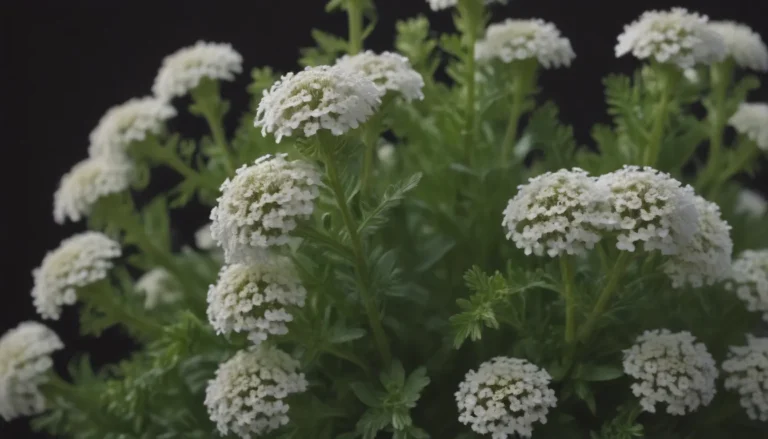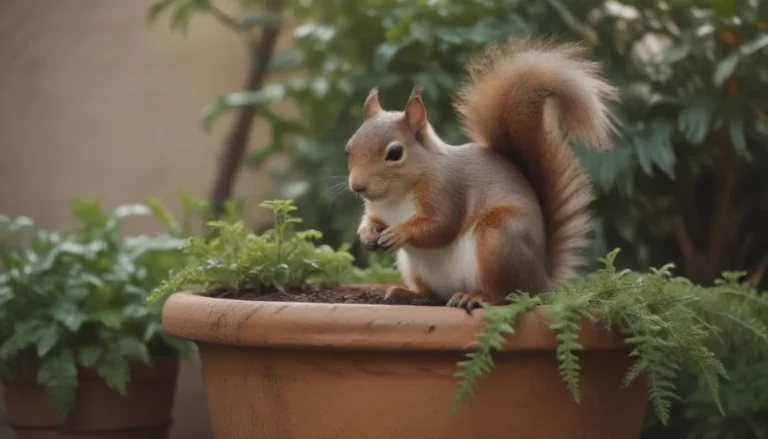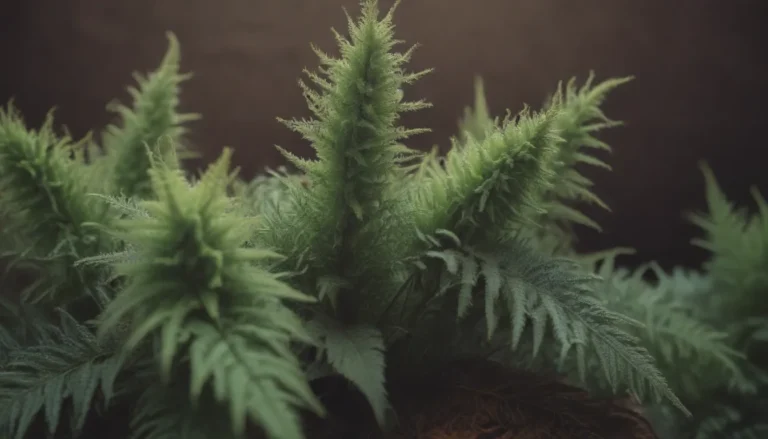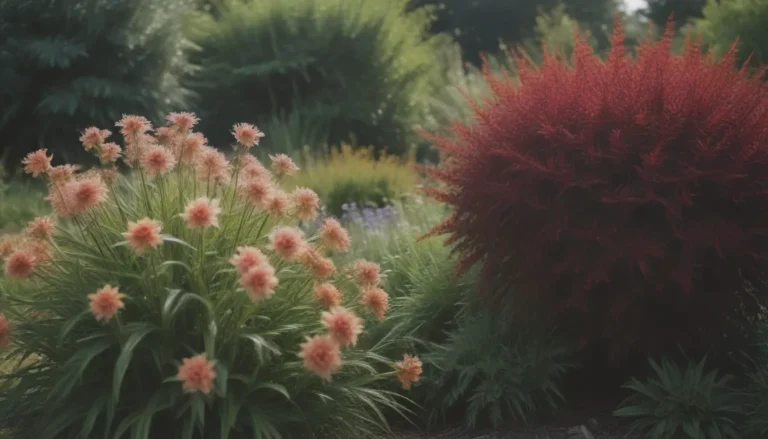The Ultimate Guide to Growing and Caring for Crossandra
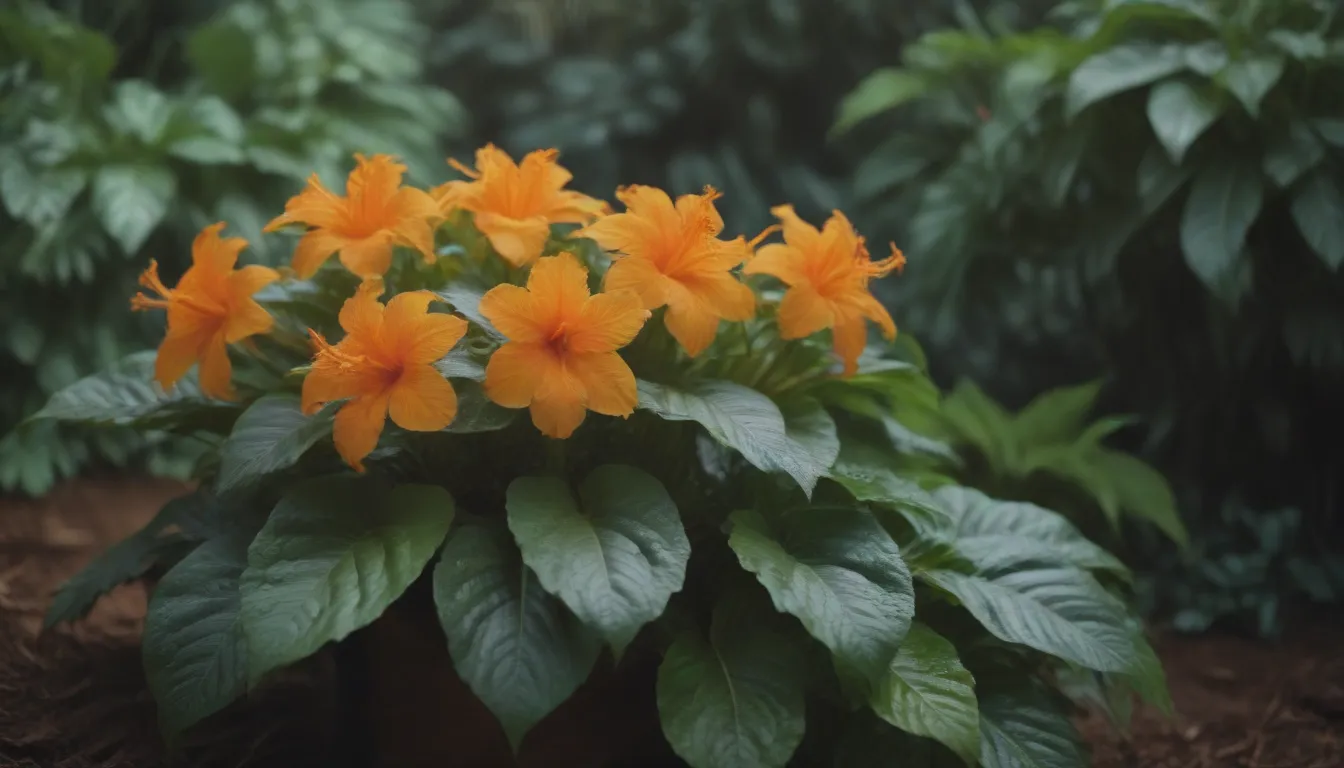
Are you looking to add a burst of color to your garden or home with the beautiful Crossandra plant? Also known as the “firecracker flower,” Crossandra infundibuliformis is a stunning plant native to Sri Lanka and southern India. Whether you live in a tropical climate or are cultivating it as a houseplant, Crossandra is sure to brighten up your space with its vibrant blooms and waxy green leaves.
In this comprehensive guide, we will explore everything you need to know about growing and caring for Crossandra. From lighting and soil requirements to watering and fertilizing tips, we’ve got you covered. Let’s dive in and learn how to nurture this delightful plant to ensure it thrives in your garden or home.
The Beauty of Crossandra
Crossandra features narrow, oblong leaves and showy peach or coral flowers that add a touch of elegance to any space. This plant is a moderately fast grower, especially when provided with the right conditions. Whether you plant it outdoors in a sunny garden or keep it as a houseplant, Crossandra is a versatile and stunning addition to any collection.
Crossandra Care Tips
When it comes to caring for Crossandra, there are a few key factors to keep in mind to ensure your plant flourishes. Here are some essential care tips to help you grow a healthy and vibrant Crossandra plant:
- Light: Crossandra thrives in bright, indirect sunlight. Whether you’re growing it outdoors in a shaded garden or indoors in a sunny window, make sure to provide ample light for your plant to thrive.
- Soil: Use a rich, peat-based potting soil with perlite for optimal drainage. Crossandra prefers slightly acidic soil with a pH of 5.8 to 6.5.
- Water: Keep the soil slightly moist at all times, but avoid overwatering. Water your plant moderately during the growing season, and reduce watering in the winter months.
- Temperature and Humidity: Crossandra loves warm temperatures between 70 to 75°F and high humidity. Mist your plant regularly to boost humidity levels, especially in arid climates.
- Fertilizer: Feed outdoor Crossandra with a granular nutrient once a month, and indoor plants with a diluted liquid fertilizer every two weeks during the growing season.
By following these care tips, you can ensure that your Crossandra plant thrives and produces beautiful blooms throughout the year.
Types of Crossandra
While there are many species of Crossandra in the wild, the most common one found in gardens is Crossandra undulifolia, also known as Crossandra infundibuliformis. However, horticulturalists have introduced some color variations of this species, including:
- Crossandra infundibuliformis ‘Mona Wallhead’
- Crossandra infundibuliformis ‘Lutea’
- Crossandra infundibuliformis ‘Orange Marmalade’
These colorful varieties add a unique touch to your garden and showcase the diversity of this stunning plant.
Growing and Propagating Crossandra
If you’re interested in propagating Crossandra or growing it from seeds, here are some tips to help you succeed:
Propagating from Cuttings
Crossandra readily roots from cuttings taken early in the growing season. This method is ideal for expanding your plant collection or sharing with friends and family. Simply take cuttings and follow these steps to propagate your Crossandra plants successfully.
Growing from Seed
To grow Crossandra from seed, start seeds indoors in late winter or early spring for best results. Provide optimal growing conditions, including warmth and moisture, to support seed germination. Once sprouted, carefully transplant the seedlings into individual pots and continue nurturing them until they are ready to be planted outdoors.
Potting and Repotting
Crossandra plants can be sensitive to transplant shock, so repot them only when necessary. Choose a slightly larger pot with good drainage, and use rich organic soil for optimal growth. Repotting every three years is recommended to ensure your plant remains healthy and vibrant.
Overwintering Your Crossandra
While many gardeners treat Crossandra as an annual, you can choose to overwinter your plant for continued growth. Follow these tips to care for your Crossandra during the winter months and prepare it for the next growing season.
Common Pests and Diseases
While Crossandra plants are relatively resistant to pests and diseases, it’s essential to monitor your plant for any signs of infestation. Mealybugs, mites, and aphids can occasionally target stressed plants, so take proactive measures to protect your Crossandra from harm.
How to Encourage Blooming
If you want your Crossandra plant to bloom abundantly, follow these tips to promote flower production:
- Provide ample sunlight in a shaded spot
- Allow the soil to dry slightly before watering
- Deadhead regularly to encourage new blooms
By following these simple steps, you can ensure that your Crossandra plant blooms beautifully throughout the growing season.
Common Problems and Solutions
Overwatering and incorrect watering practices can lead to issues such as root rot in Crossandra plants. By using well-draining pots and following recommended watering guidelines, you can prevent these problems and promote healthy growth in your plant.
Additionally, be mindful of water temperature when watering your Crossandra, as cold water can shock the roots and harm the plant. Always use room temperature water for indoor plants and water outdoor plants during the warmer parts of the day to avoid any temperature-related issues.
In Conclusion
Crossandra is a stunning plant that can brighten up any garden or indoor space with its vibrant blooms and lush foliage. By providing the right care, including proper lighting, soil, water, and temperature conditions, you can ensure that your Crossandra plant thrives and flourishes year-round.
Whether you’re a seasoned gardener or new to plant care, Crossandra is a rewarding plant to grow and enjoy. With this comprehensive guide, you now have all the information you need to cultivate a healthy and beautiful Crossandra plant in your home or garden. Happy growing!
